How to Fix the PROCESSOR_START_TIMEOUT Error?
Restart your PC in safe mode and check for errors
6 min. read
Published on
Read our disclosure page to find out how can you help Windows Report sustain the editorial team. Read more
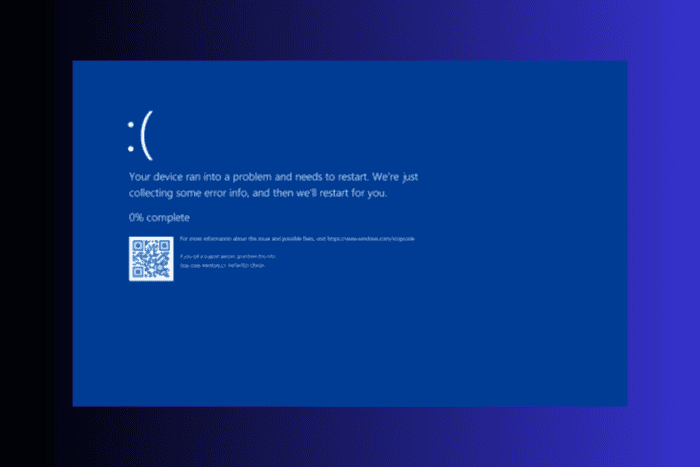
The PROCESSOR_START_TIMEOUT error with error code 0x000001DF appears during Windows startup. It indicates that the CPU initialization process has taken too long or is encountering an issue causing your system to fail. You might see this error due to hardware, outdated drivers, or system configuration issues.
To begin with, check if your CPU is not overheating, then check the hardware components and reseat them. Next, turn off your PC, unplug the power cord, hold the power button for about 15-20 seconds to discharge any residual power, plug back the cord and power on your computer, and update your BIOS firmware from the system manufacturer’s website.
How can I fix the PROCESSOR_START_TIMEOUT error?
1. Boot into safe mode
- Press Windows + R to open the Run window.
- Type msconfig and click OK to open the System Configuration window.
- Go to Boot, then under Boot options, select Safe boot and Network.
- Click Apply, then OK to save the changes.
- Click Restart.
Your computer will restart with a minimal set of drivers and network access. If the error appears again, it indicates that the third-party app on your device is conflicting with the system. Once confirmed, reverse engineer the steps to restart your PC in normal mode.
2. Update/reinstall the device driver
- Boot into safe mode using the steps from method 1, then press Windows + R to open the Run window.
- Type devmgmt.msc and click OK to open the Device Manager app.
- From the list of system components, expand each category one by one and locate the driver with a yellow triangle with an exclamation mark inside.
- Right-click the driver and select Update driver from the context menu.
- Select Search automatically for drivers. If there are any other problematic drivers, update them as well.
Windows will try to find the best driver version for your device, but if it fails, head to the manufacturer’s website and download the latest driver. Alternatively, you can download and install the third-party driver updater tool to ensure all the device drivers stay up to date.
If updating the drivers doesn’t work, try reinstalling the drivers using the following steps:
- Relaunch the device manager app, locate the problematic driver, right-click the driver, and select Uninstall device.
- Click Uninstall again to confirm the choice.
- Once done, go to Action, then click Scan for hardware changes from the drop-down menu to reinstall the driver.
3. Run a malware scan
- Restart your PC in safe mode using the steps in method 1. Press the Windows key, type windows security in the search box, and click Open from the list of options to launch Windows Security.
- Go to Virus & threat protection, then click Scan options.
- Select Full scan and click Scan now.
Windows Security will scan your computer for potential security threats, including malware, viruses, spyware, and other malicious software. Once the scan is completed, you will receive a detailed report that includes the number of threats and actions taken. Next, restart your computer or rerun the scan if the security app prompts. If you use a third-party security app, you can run a full scan to fix the PROCESSOR_START_TIMEOUT error.
4. Run the Windows memory diagnostic tool
- Press Windows + R to open the Run window.
- Type mdsched.exe and click OK to open the Windows Memory Diagnostic tool.
- Select Restart now and check for problems.
Once the scan is complete, you will get to the login screen. Sign in to your profile and check the scan results. If there are errors, reseat the RAM and memory modules, then rerun the tool. If the issue persists, it might be due to faulty RAM, and you might have to replace it.
5. Run the System Repair scan
- Press Windows + I to open the Settings app.
- Go to System, then click Recovery.
- Under Recovery options, locate Advanced startup and click Restart now.
- On the Choose an option screen, select Troubleshoot.
- Choose Advanced options from the Troubleshoot screen.
- Select Startup Repair from the list of options, and Windows will restart and try to fix any startup issues.
6. Restore your PC to a previous version
- Press the Windows key, type control panel in the search box, and click Open from the list of options.
- Select Large icons for View by and select Recovery.
- Click the Open System Restore link.
- Select Choose a different restore point on the System Restore window and click Next.
- You will get a list of restore points; select the one created just before encountering the PROCESSOR_START_TIMEOUT error, then click Next to proceed.
- Click Finish to initiate the process.
Windows will restart, and try to restore your system settings to the selected version. If you see the System Restore didn’t complete successfully message, then it could be due to conflicting drivers or corrupted system files; read this guide to learn more.
7. Reset your PC
 NOTE
NOTE
- Press Windows + I to open the Settings app.
- Go to System, then click Recovery.
- Under Recovery options, locate Reset this PC, and click the Reset PC button.
- On the Choose an option screen, select Keep my files or Remove everything.
- Select Cloud download or Local reinstall on the How would you like to reinstall Windows page.
- On the Additional settings page, click Change settings, if you want to change the settings. If you don’t want to change them, click Next to proceed.
- Click the Reset button from the Ready to reset this PC screen.
After resetting your computer, you can complete the Windows setup, sign in, check for Windows updates, and configure Windows settings according to your preferences.
In conclusion, to fix the PROCESSOR_START_TIMEOUT error, boot into safe mode, then update or reinstall the device driver. Then, run a malware scan, scan your disk using a memory diagnostic tool, and run the System Repair scan. Next, you can try to restore your system settings to the previous version or reset your PC.
If you often encounter BSoD on your PC, it could be due to corrupted drivers or missing system files; to learn more, read this guide.
Did we miss a step that helped you fix this BSoD error? Feel free to mention it in the comments section below; we will add it to the list.





















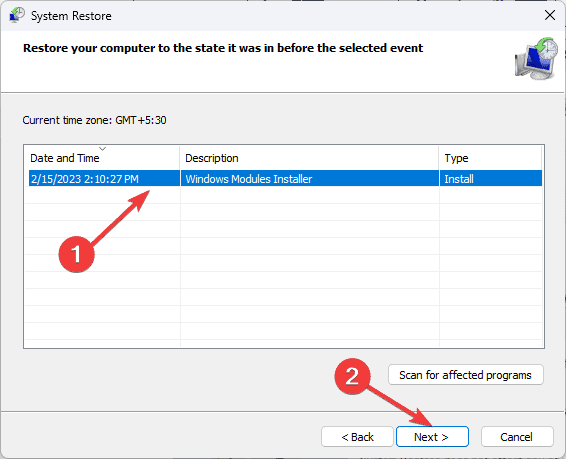



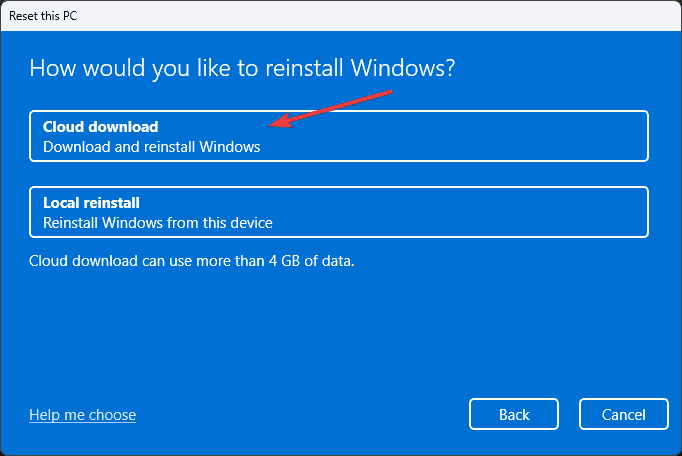



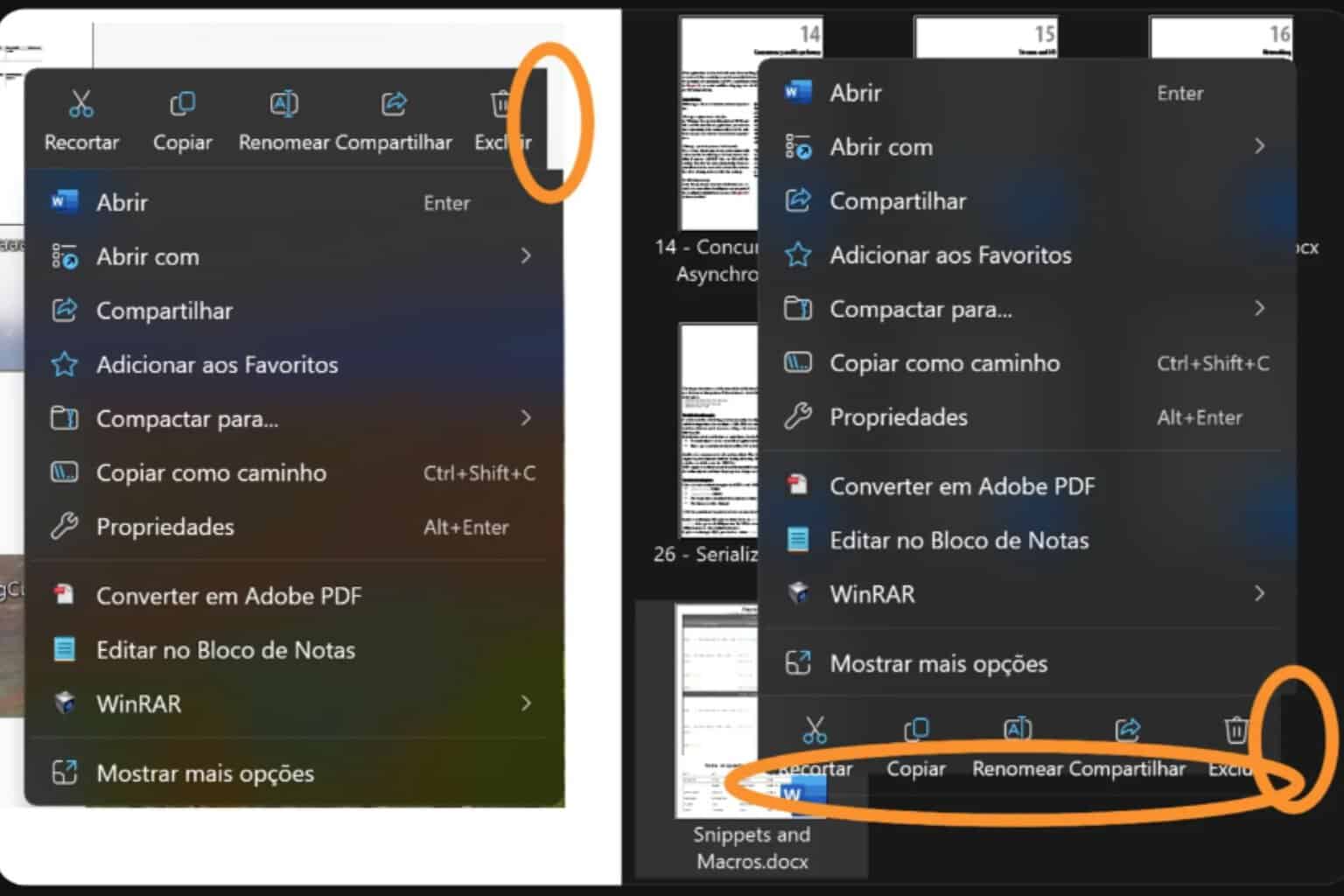


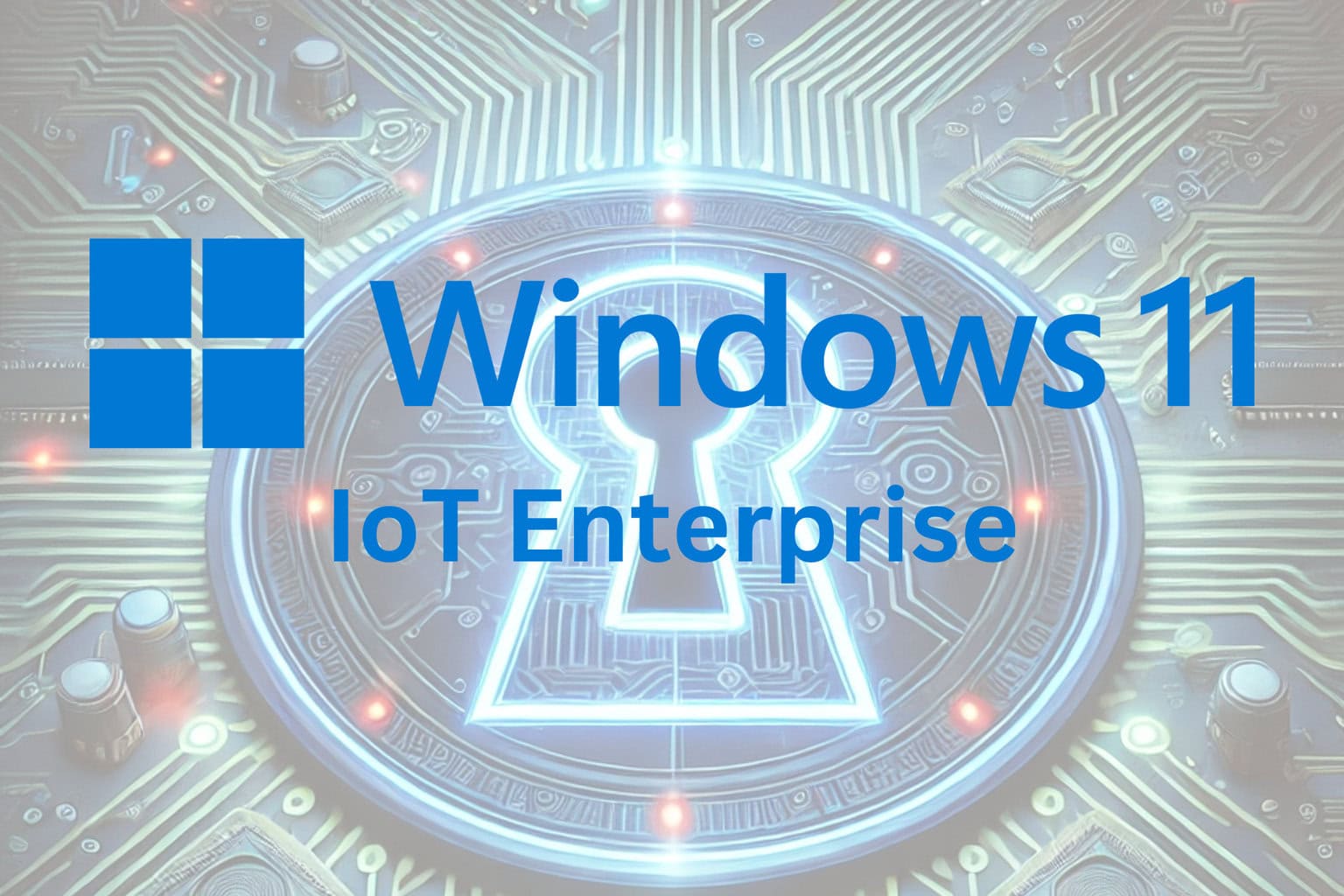
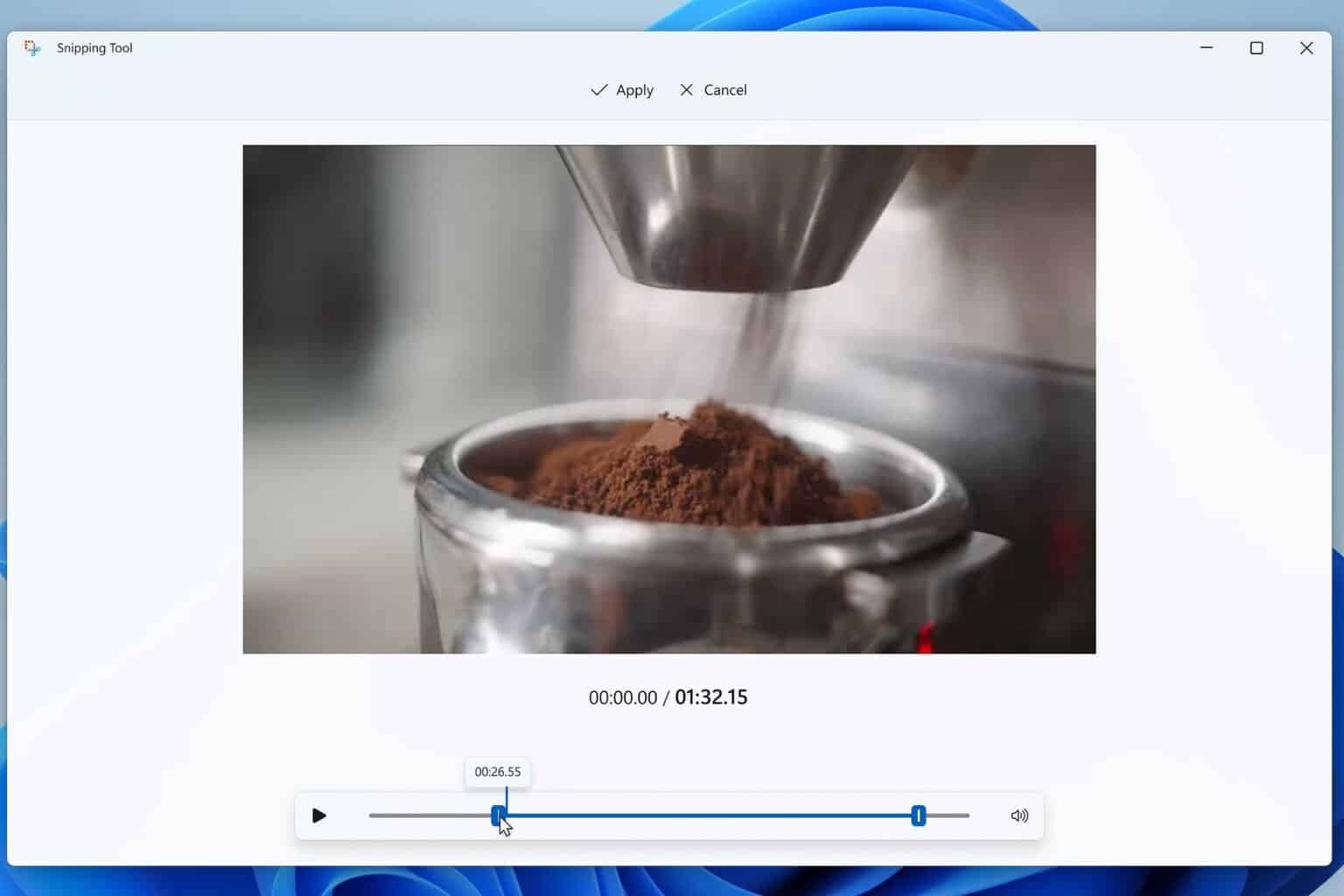

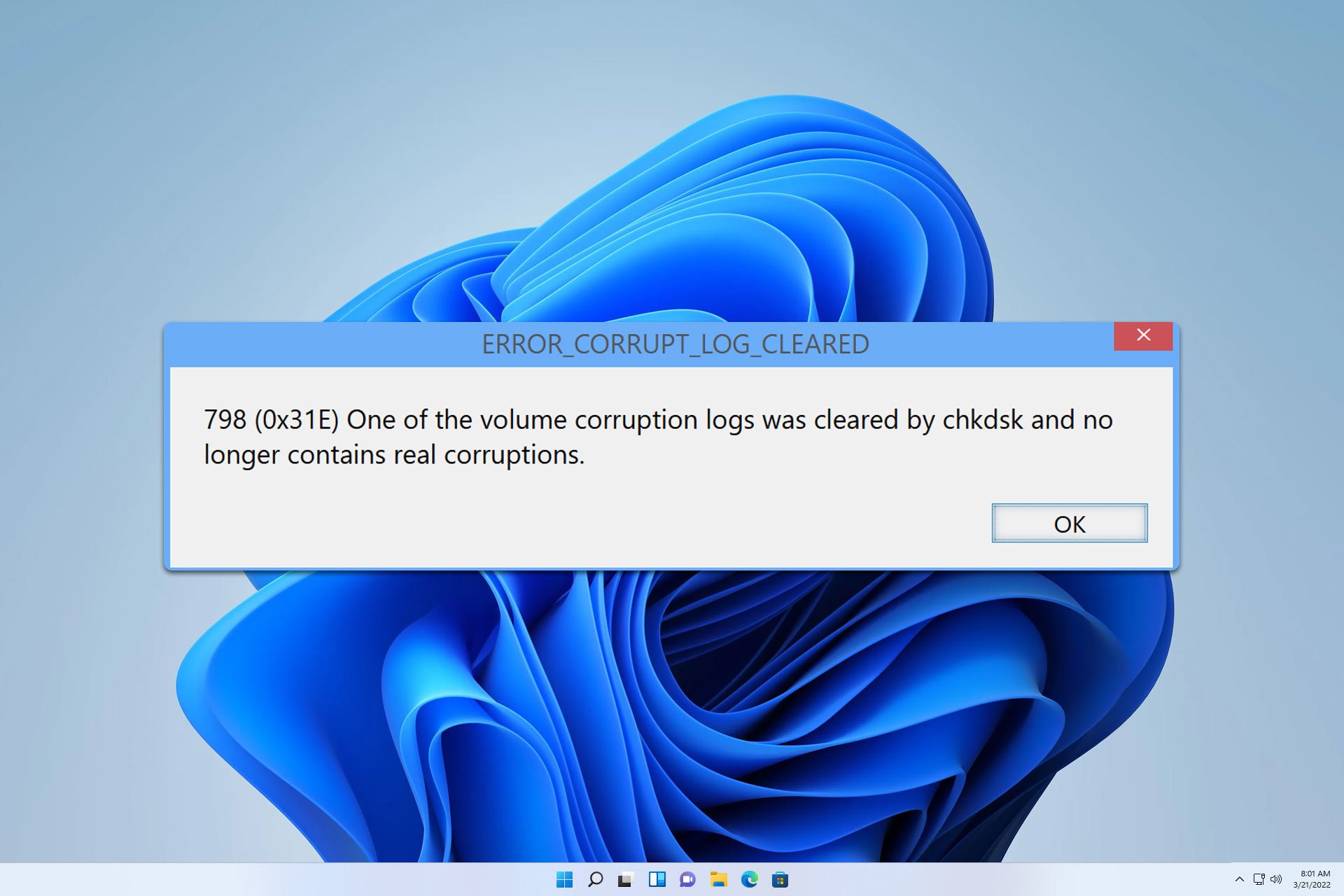
User forum
0 messages